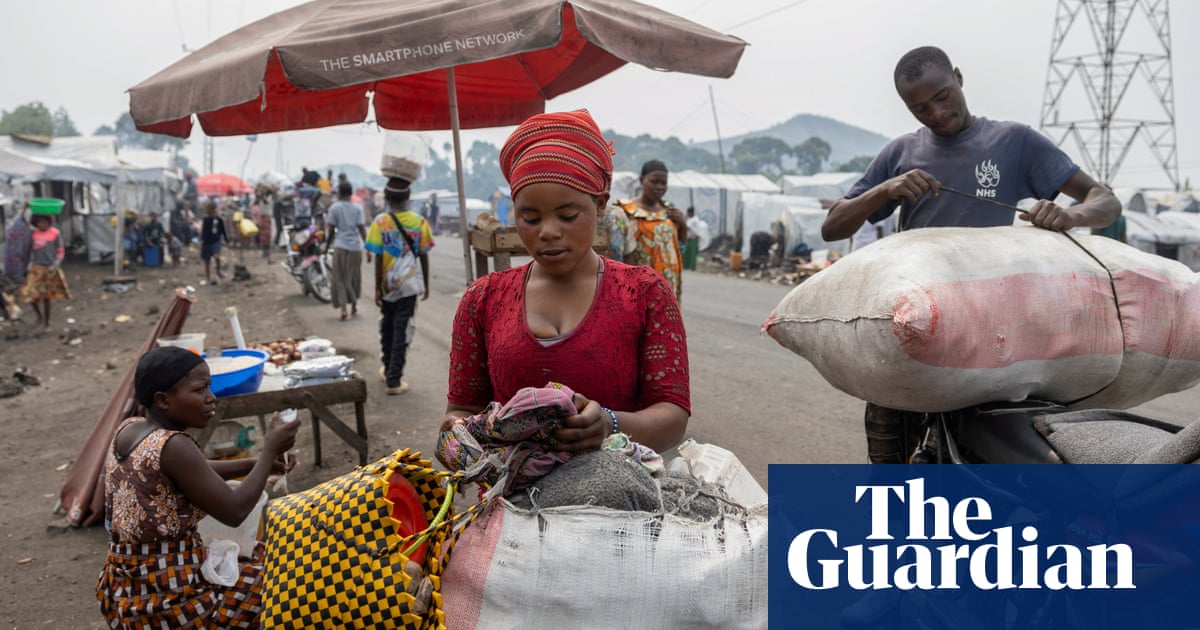Greek Prime Minister Kyriakos Mitsotakis has appealed for calm as hundreds of rolling earthquakes have left the residents of Santorini island, and its neighbours in the Aegean Sea, rattled.
Records from the European-Mediterranean Seismological Centre (EMSC) showed the quakes were continuing to occur a few minutes apart as of 7am on Tuesday (05:00 GMT), with the largest quake recorded at magnitude 5.1 on Monday afternoon.
Speaking from Brussels, Mitsotakis said authorities have been monitoring a “very intense” geological phenomenon over recent days, before urging “our islanders above all to remain calm”.
Thousands of locals and holidaymakers have crowded onto ferries and flights to leave Santorini and the neighbouring islands of Anafi, Ios and Amorgos, amid fears the tremors, which have so far caused minimal damage and no injuries, could indicate a larger earthquake is coming.
The picturesque crescent-shaped Santorini island is home to a dormant volcano, but an expert committee set up to monitor the situation said an estimated 200 quakes of magnitude 3 or more had been registered, but stressed the phenomenon was “not linked to volcanic activity”.
Prominent Greek seismologist Gerasimos Papadopoulos cautioned that the current earthquake sequence – displayed on live seismic maps as a growing cluster of dots between the islands of Santorini, Ios, Amorgos, and Anafi – could indicate a larger impending event.
“All scenarios remain open,” Papadopoulos wrote in an online post.
“The number of tremors has increased, magnitudes have risen, and epicentres have shifted northeast. While these are tectonic quakes, not volcanic, the risk level has escalated,” he said.
An intense earthquake swarm is rattling the island of Santorini, Greece, leading to evacuations. Earlier today, a M5.1 earthquake joined this swarm — the strongest so far. pic.twitter.com/YYJfWv7aSQ
— Nahel Belgherze (@WxNB_) February 3, 2025
Santorini draws more than three million visitors annually to its whitewashed villages built along dramatic cliffs formed by a massive volcanic eruption around 1620 BC, considered to be one of the largest in human history.
That eruption destroyed a large part of the island, blanketed a wide area in metres of ash and is believed to have contributed to the decline of the ancient Minoan civilisation, which had flourished in the region.
Although Santorini still has an active volcano, the last notable eruption occurred in 1950.
“What we must realise is that the Santorini volcano produces very large explosions every 20,000 years,” Efthymios Lekkas, seismologist and head of the scientific monitoring committee for the Hellenic Volcanic Arc, said last week.
“It’s been 3,000 years since the last explosion, so we have a very long time ahead of us before we face a big explosion.”
Ferries and planes full
According to the AFP news agency, some 2,000 people left Santorini by sea on Sunday and Monday, with ferry operators and airlines saying they were adding services to help more people leave after a request from the country’s Ministry for Climate Crisis and Civil Protection.
In recent years, Instagram fame has brought tourism on the island to saturation point, although cooler winter weather means it is far from peak season yet.

Kostas Sakavaras, a tourist guide who has lived on the island for 17 years, told AFP he had never experienced this level of seismic activity before.
“It was shaking every three to four hours yesterday. This feels different from the other times,” he said.
Sakavaras said he left the island on Sunday with his wife and two children, on a ferry full of passengers. “We plan to stay [on the mainland] until the end of the week. I think it’s going to escalate tomorrow and I hope then it will calm down,” he said.
Emergency crews have helped to set up tents in a basketball court next to the island’s main hospital as a staging area while schools on all four islands have closed.
Push alerts have also been sent to mobile phones, warning people to stay away from areas where rockslides could occur, and banning access to some coastal areas.
Article by:Source:














